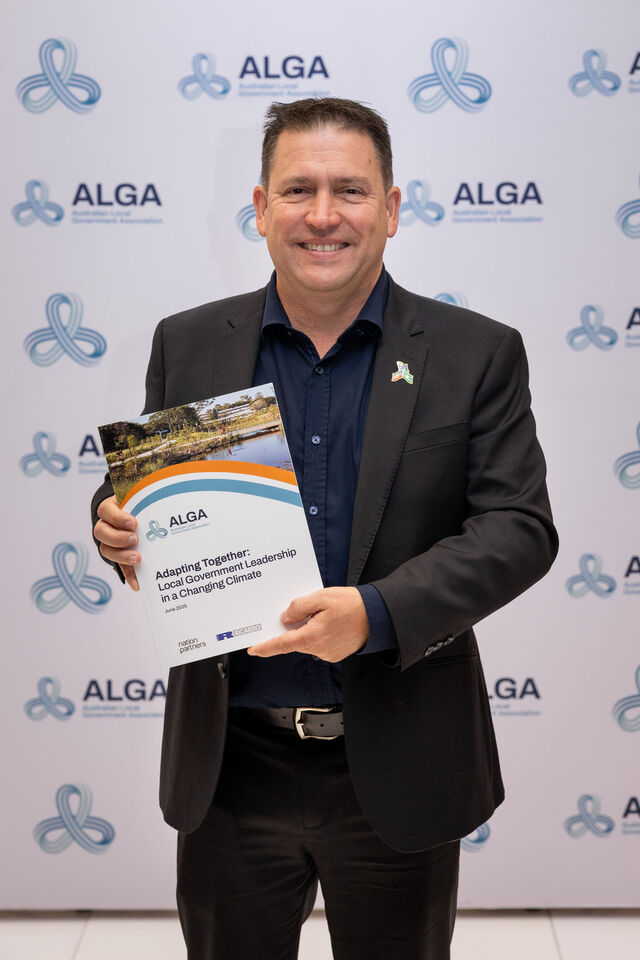Based upon an idea I wrote about in an English Local Government publication, a national project was initiated.
The project deals with delivering efficient corporate and transactional services (DECATS) – typically back office services, such as human resources, but also including customer contact.
Through using benchmarking data, the project seeks to identify the scope for service provision to be streamlined. It then goes on to look at building organisational capacity to prepare for collaboration, before considering various options for collaboration.
In developing the idea for the project, I was concerned that there was much talk about the benefits of partnership working, without recognising that it is not automatically the right option and much should be done before launching into it.
The initial phase of the project has dealt with improving the efficiency of individual councils.
Multimillion pound savings for the councils involved have already been identified – savings that will benefit the councils involved and that in the past were captured for the private sector through outsourcing.
The DECATS project identifies the gap between best in class benchmarks and then works with councils to identify a practical plan to improve performance through streamlining processes involved with them.
It is incredible how much duplication and non value adding inputs have been identified.
The first stage of streamlining service processes not only liberates significant amounts of money, but also creates a greater focus on the customer. This often leads to a respecification of services around customers – a key issue for any council thinking about partnership working.
Approaching partnership working on the ‘as is’ specification gets a more efficient ‘as is’.
Challenging and changing to produce a streamlined specification to focus on outcomes and outputs for customers gets transformational improvements in economy, efficiency and effectiveness.
Councils cannot just enter into partnership working – they need to build their capacity to do so.
Having created a £135 million+ joint venture for the delivery of a wide range of services, I know from first hand experience that there is no magic or fast solution if you want to get it right.
Building capacity involves understanding the legal context and implications of partnership working, the acquisition of new skills, the development of the ability to be an ‘intelligent’ partner, the development of the procurement process, and service portfolio outcomes/outputs, clarifying assumptions about future volumes, and the selection of potential partners that you are able to work with and share risk and reward.
Too often the concept of partnership working is not adequately understood.
Many councils would prefer collaboration as a first step towards a full partnership. It is a less formal arrangement that allows potential partners to get to know each other and decide how a formal partnership might work.
Collaboration to aggregate service commissioning volumes can deliver as much as aggregating service provision volumes.
The key is deciding what sort of council you want to be and transforming yourself before you look at partnership working.
*Malcolm Morley is Chief Executive of Harlow District Council and can be contacted via the Editor, email info@lgfocus.com.au The views expressed in this article are not necessarily those of
his employer.







